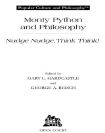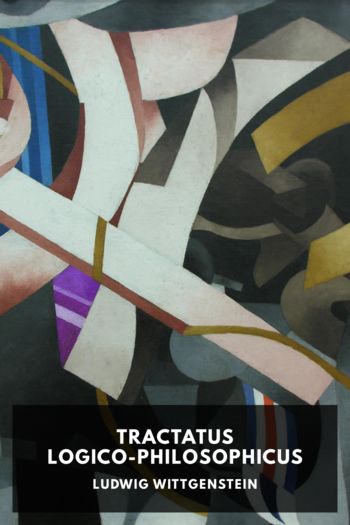Monty Python and Philosophy, Gary Hardcastle [portable ebook reader TXT] 📗

- Author: Gary Hardcastle
Book online «Monty Python and Philosophy, Gary Hardcastle [portable ebook reader TXT] 📗». Author Gary Hardcastle
12
Madness in Monty Python’s Flying Circus
MICHELLE SPINELLI
I mean, some people think I’m mad. The villagers say I’m mad, the tourists say I’m mad. Well, I am mad.
—Kevin, a village idiot (“The Idiot in Society,” Monty Python’s
Flying Circus, Episode 20, “The Attila the Hun Episode”)
Some might say that “madness” is synonymous with Monty Python. After all, what makes the Pythons so funny is the extremes to which they take characters and situations. Everyday occurrences become ridiculous, bordering on the insane. But, how do the Pythons really see madness? How do they portray the mad? Can we learn anything from them about madness?
The Pythons’ most comprehensive portrayal of madness is their sketch entitled, “The Idiot in Society” (Monty Python’s Flying Circus, Episode 20, “The Attila the Hun Episode”). In it, the Pythons explore the role and character of the “village idiot,” a term that can be traced back to the Middle Ages. “What is called the ‘village idiot’,” the philosopher and historian Michel Foucault (1926-1984) writes, “did not get married, did not participate in games, and was fed and supported by others.”65 In fact, the village idiot was considered quite mad.
But the Pythons, doing what they do best, use humor to turn our expectations upside down. In the sketch we are introduced to three village idiots, and all seem anything but mad. In fact, getting past appearances, they all seem quite sane. Arthur Figgis, an idiot and the focal point of the sketch, expresses his view of the idiot in society just as a sociologist might. He tells us that, “there is a very real need in society for someone whom almost anyone can look down on and ridicule.” So, Figgis is not mad. Yet others see him as mad. What does that tell us about notions of madness?
Michel Foucault: Madness as a Social Construct
Foucault would say that madness is a social construct. Its definition is fluid, changing over time as culture changes. What we, as a society, understand to be madness one day is not what we might consider to be madness the next day. Nor, Foucault writes, does madness itself exist apart from its definitions: “Madness cannot be found in a raw state. Madness only exists in society. It does not exist outside the forms of sensibility that isolate it and the forms of repulsion that exclude or capture it.”66
The madness of Monty Python’s village idiot is not the same as the madness of the asylum inmate of the nineteenth century. The Pythons’ idiot lives in contemporary society and is judged mad by that society, while the asylum inmate is judged, perhaps differently, by his or her own very different society. Once a definition of madness becomes available in a society, people within that society become free to use that definition to label individuals as mad. The label “village idiot,” which imputes some kind of madness, is meaningless outside the society that created it, in much the way that ‘hysteric’ was common in Freud’s day, but is no longer in ours.
Foucault developed his thesis that madness is a social construct in his Madness and Civilization: A History of Insanity in the Age of Reason, in which he examined the history of the Western world’s interpretation of madness and the ways in which that changing interpretation over time has resulted in changing conditions for the mad. Now, Foucault, of course, was French and perhaps thereby subject to all kinds of abuse in the name of the Pythons (remember the avalanche of insults hurled on poor Arthur by John Cleese’s castle guard in Monty Python and the Holy Grail?). But it turns out that these French theories of madness are relevant to the Pythons’ treatment of the topic. The dialogue we might construct between Foucault and the Pythons is even civil and productive. Understanding Foucault’s theory of madness can help us understand the Pythons’ interpretation of madness.
First, Foucault tells us that the modern history of madness in the West has been one of exclusion. The mad have lived on the periphery, often scorned and ostracized. But, up until the mid-seventeenth century, they were generally tolerated and allowed to roam freely. Individual families and townships took responsibility for them and,





Comments (0)